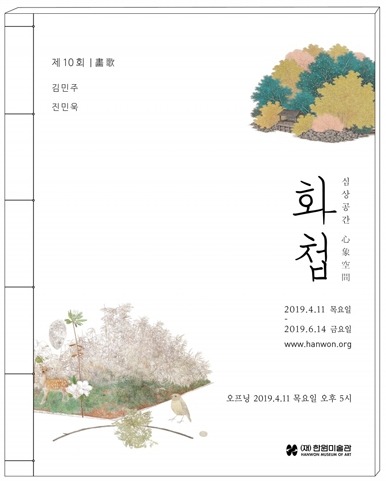
| Period| | 2019.04.11 - 2019.06.14 |
|---|---|
| Operating hours| | 10:00am - 06:00pm |
| Space| | Hanwon Museum of Art |
| Address| | 2423, Nambusunhwan-ro, Seocho-gu, Seoul, Republic of Korea |
| Closed| | Sun, Mon, Holiday |
| Price| | Free |
| Phone| | 02-588-5642 |
| Web site| | 홈페이지 바로가기 |
| Artist| |
|
정보수정요청



|
|
Exhibition Information
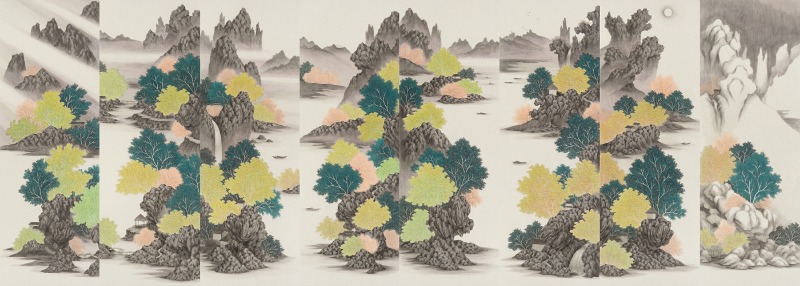
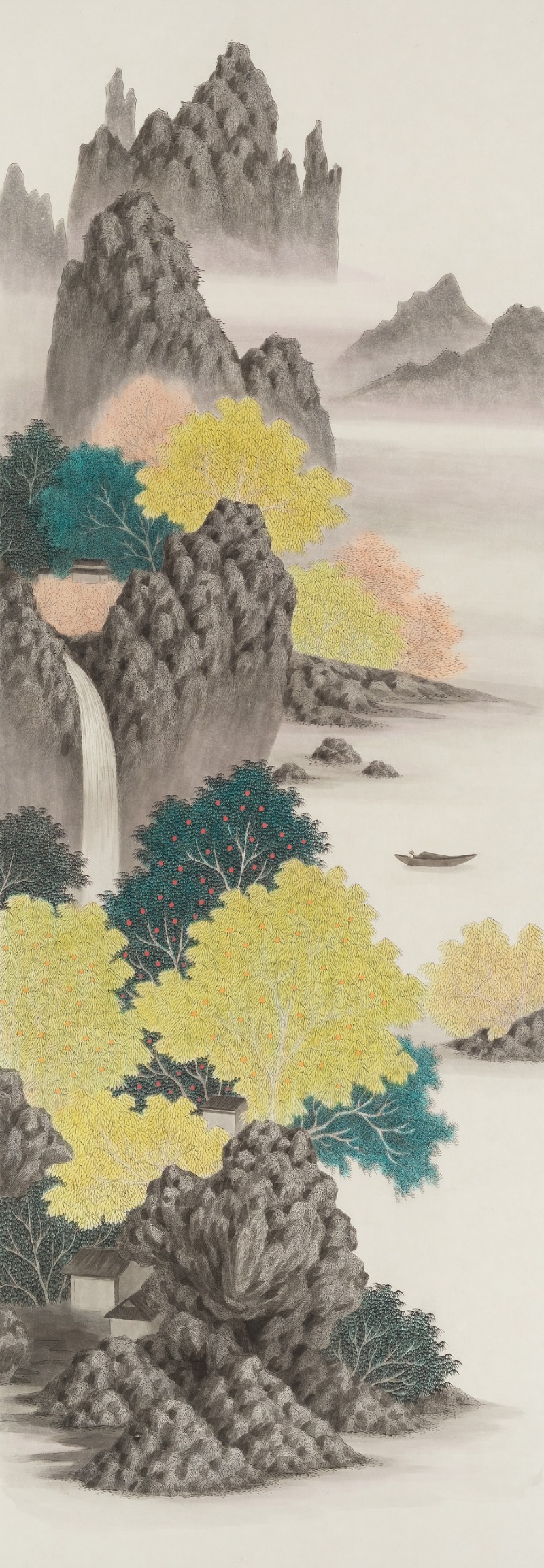
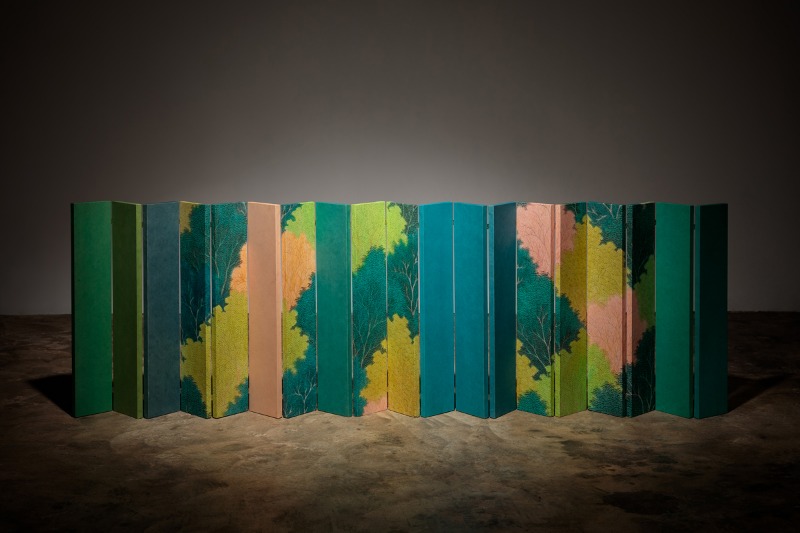
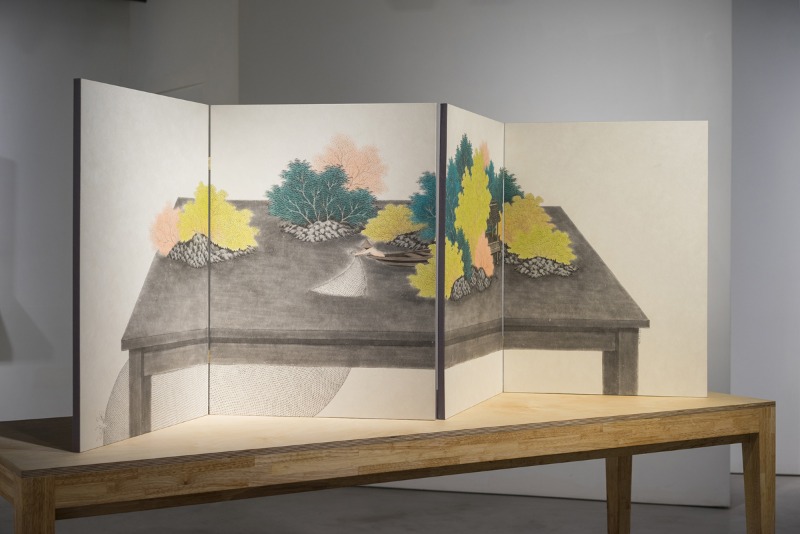
an emotional record of encounter in everyday life. The exhibition has been held since 2010 to promote creative motivation by promoting the continued growth of Korean paintings and providing exhibition opportunities to young artists every year, and marks its 10th anniversary this year. Until now, the exhibition has established itself as a gateway to contemporary art with a total of 59 artists under different themes, from experiments by traditional media such as ink paintings to various social issues.[1] Watching the growth and metamorphosis of the writers, I was able to fully ascertain the various orientations and values of Korean paintings, and to explore the developing direction for the future of Korean painting in the future. The 10th exhibition of painters began with a question about how Korean painters could reflect the cultural needs of the present era in their own art galleries based on contemporary sensibilities and perspectives. Tradition is based on the identity of flow and is not fixed but in an ever-evolving extension.[2] As such, modern Korean painting is moving away from its typical form and taking a step toward a new paradigm. The exhibition aims to include the beauty of Korean paintings that penetrate the past and present by observing writers Kim Min-wook and Jin Min-wook, who continue to experiment and study materials, techniques and screen composition while maintaining sincerity through the firm identity of Korean paintings as collateral. Hwacheoncheop refers to a book that is woven by folding pictures at regular intervals for appreciation and storage. It is also composed of materials according to taste and the same themes and techniques, especially important materials for identifying and studying the writer's work trends and characteristics. In his book, "PLACE AND PLACE PLACE PLACELESSNESSS," the humanities geographer emphasizes that "it is a combination of individuality, memory, emotion and self-identity that is unique to places experienced directly or indirectly."[3] He understands the place as a product of human intentions and a meaningful environment for human activities. From familiar homes or neighborhoods to unfamiliar destinations, real-life places, virtual places, and various time-level floors of places where past, present and future are mixed, the place comes to us with a very delicate and complex subject. Through this perspective, the exhibition aims to explore how the two authors perceive and experience "location" as a aesthetic look, and to reconstruct everyday landscapes and familiar materials to showcase works created with new space and time. Authors ask themselves how the calm expressive areas of Korean paintings will communicate with the present in connection with their own minds. The landscapes they reproduce depict the products of experience related to the point where the boundary between virtual and reality becomes blurred by overlapping with the objects of reality. Kim Min-joo expresses the ideal world that forms the root of Oriental thought in his own parables. For her, nature is the place of life and the basis of reason. The writer tries pleasant imagination to capture the ideal arithmetic in real-world space, and delivers his composure to the fast-paced real world. She actually edits the sights, living spaces, houses and buildings she saw while traveling, and portrays the ideal nature of melting down a realistic space. Unlike our urban dwellers who think of nature as a vague ideal, her work of governing nature enables us to perceive the urban abnormalities of rapid and rapid development in urban life. Her early works were implemented by borrowing traditional fires such as 〈 and 〈 漁樂圖 〉 , 도 작은 답 문 초 도 畫材 漁樵問答圖 〉. In an interview, the author said, "The scenery on the screen is a reinterpretation of my own space, where I can rest while breathing and thinking. We rebuilt a special space while allowing imaginary intervention in everyday landscapes, including familiar buildings," he said. The author describes himself as a person who personifies the lotus flower, half a person, half a fish figure, playing among the ponds, diving against nature, and climbing hills. As such, by shaping a real paradise between the boundaries of space, it not only creates a simple and peaceful atmosphere, but also pleasantly releases the freedom felt by the emotionally friendly gestures of a small imaginary person. `Jeunga` (2014), which will be introduced in the exhibition, is a landscape painting in which nature is placed in the space of hanok, detached houses and villas. Through a mix of two spaces, one can walk freely through his inner garden, freeing himself from the limitations of time and space and social reality, looking at the picturesquely open artificial garden in front of one's eyes, and recounting his or her life's leisure. 〈San Shu-liao (2017) on a desk on a desk likened space to a study with a desk and a shelf, and expressed his condensed mind visually. The company continues to experiment with various experiments, including a three-dimensional flexible change in floor plan, breaking away from the conventional static installation method. The subtle harmony of desks, islands and empty boats reminds the audience of a space where Orot can look back on "I" and look at "I"'s identity, which soon links to "Island of Privateity." 〈Simgyeong〉 (2018) was a landscape painting referring to the eight-wide folding screen of the Joseon Dynasty, reflecting the spatial composition of the screen and the Oriental perspective method through visual flow. Because the movement of eyes is free, you can see the whole thing, and the multi-faceted view goes beyond the specific object to create a poetic view. This loose, poetic style creates a visual stream that induces free association of the audience. The song, titled "Yeongsan Water Differential Song (2018), collaborated with composer Son Young-woong, is a trio of cello, piano and plot, and contains modern people's views, aspirations and images on nature. By interpreting the writer's eyes into a new perspective and playing them, the artist's visual elements together show where they are transformed into a musician's auditory expression. Through the exhibition, Kim Min-joo introduces the imaginary space he has unfolded into the background of traditional painting, forming a wider and diverse space. You can see the attempt to narrow the gap between traditional painting and contemporary art through the installation work, which focused on the expression method of reason and kept variable features alive. Jin Min-wook's work begins with his quest for objects and places that he encounters accidentally with interest in unfamiliar landscapes. In her work, the word "sangchun" is a literary expression in Choi's "Surfacebook," which is always "the spring continues," and is largely in line with her formative basis. Here, "Chun" means a psychological situation or period that explores the beauty in life and feels a brief rest and stability, rather than a seasonal spring. Jin Min-wook painted the object of the writer's fascination with thorough analysis through on-the-spot death. She is fascinated by the particular place she encounters and by the charming nature of remembering it, and writes it down as a picture. These subjects are her eyes, her mind, her inspiration, and the subject of her work. The material found in the center of the city is meaningful as the object to which one's sensitive sensibility will be projected to present a writer-specific painting. Looking at the landscapes facing everyday life as a real-life observation method of traditional painting, the writer translates various emotions derived from the process into paintings, collecting them in various forms, such as photography, drawing and recording, and referring to local agencies' ecological survey reports. New reinterpretations, recording traces of casually passed things, create an interaction between the materials and the writer, whose partially enlarged or collage-like composition reflects its intent. At the same time, we want to show the touchpoints of emotional feelings when we encounter the target. Jin Min-wook uses silk as the main ingredient of powder-based paint (sokchae, powdered powder), which uses silk's material properties to implement a simple color by utilizing traditional painting coloring techniques that repeatedly pile colors on the back. The exhibition will select and organize representative works of each period from 2014 to 2019, which are classified according to the scale of Among them, the series focuses on the small scenes of everyday life that are as easy to pass as a habit. 〈 Gwanmesangeum (2018) elaborated on the characteristics of birds that inhabit the area based on ecological research reports by capturing various plum trees near a bus stop in Daegu where they stayed during their residency and Seongjeongmae, a high-furnace flower in Changdeok Palace. Her work is collected from each of the places she stays. The names in the works are places where writers live, or where they travel from place to place. Instead of limited to perspective or perspective, the screen reconstructed objects collected in different time and space according to the time when the writer was moving. The company is planning to introduce "Yellow Songdo" (2019), which reminds visitors of memories and emotions, by placing the outer landscape alongside birds living in the area, which has been observed while passing by KTX Osong Station in Cheongju City. Looking beyond this, writers Kim Min-wook and Jin Min-wook compare the feelings in our lives and the inspiration we received in our daily lives to the objects around us to establish our identity with their unique lyrical sensibility and ink painting techniques. Space and objects placed in the work are evoked in the eyes of the audience. Personal materials such as emotions, memories and memories are mixed to create a new image of imagination. It seems like a familiar landscape around us, but it also feels strange because it expresses the spectrum of our senses. We hope the exhibition will give us a chance to reflect on the meaning and value of our inadvertently excessive space of life. In addition, we hope that new writers who study the identity of Korean paintings and the current location of Korean paintings in an experimental manner will be able to retrace today's Korean paintings that are original and competitive as contemporary art. (Jae) Jeon Seung-yong, curator of the Hanwon Museum of Art
